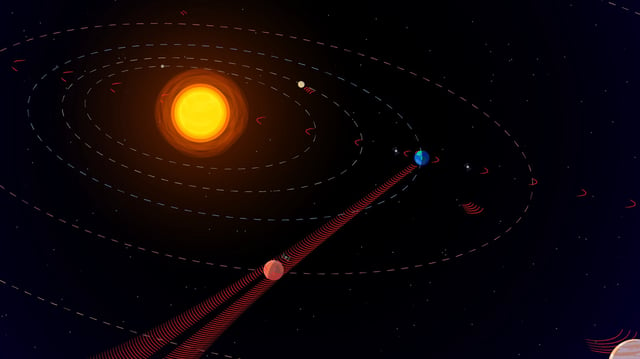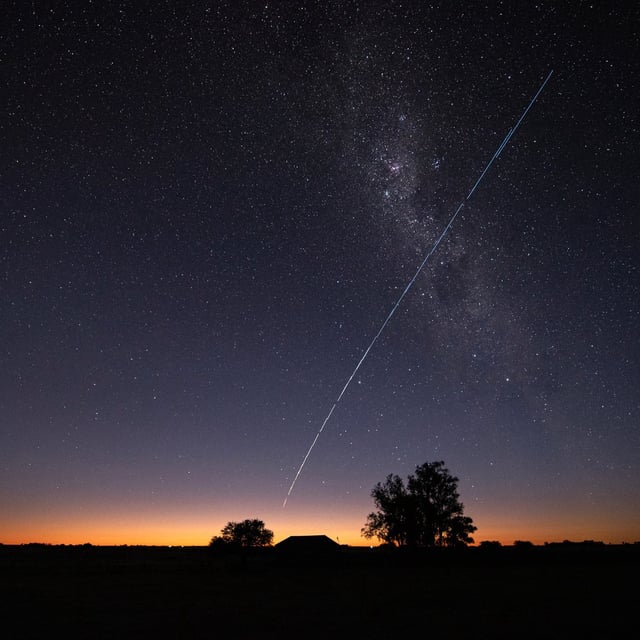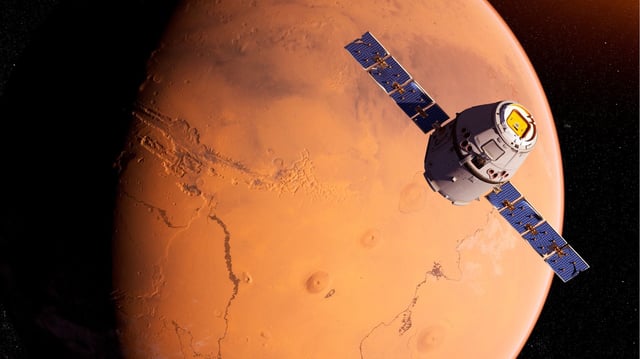Overview
- Researchers from Penn State and NASA JPL reconstructed 20 years of NASA Deep Space Network uplinks and matched them to spacecraft positions to chart when and where Earth’s strongest transmissions go.
- Most transmissions follow the solar system’s plane and aim toward spacecraft near Mars or Sun–Earth Lagrange points, creating predictable spillover directions into interstellar space.
- An observer positioned to see an Earth–Mars alignment would have a 77% chance of being in the path of a DSN transmission, compared with about 12% for alignments with other planets and negligible odds otherwise.
- The team estimates DSN-strength signals could be detected with Earth-like telescopes out to roughly 23 light-years, pointing SETI toward nearby exoplanet systems whose orbital planes are edge-on to us.
- The findings were published in The Astrophysical Journal Letters and presented at the Penn State SETI Symposium, with planned work to catalog likely recipient systems and to consider lower-spillover laser communications now being tested by NASA.



